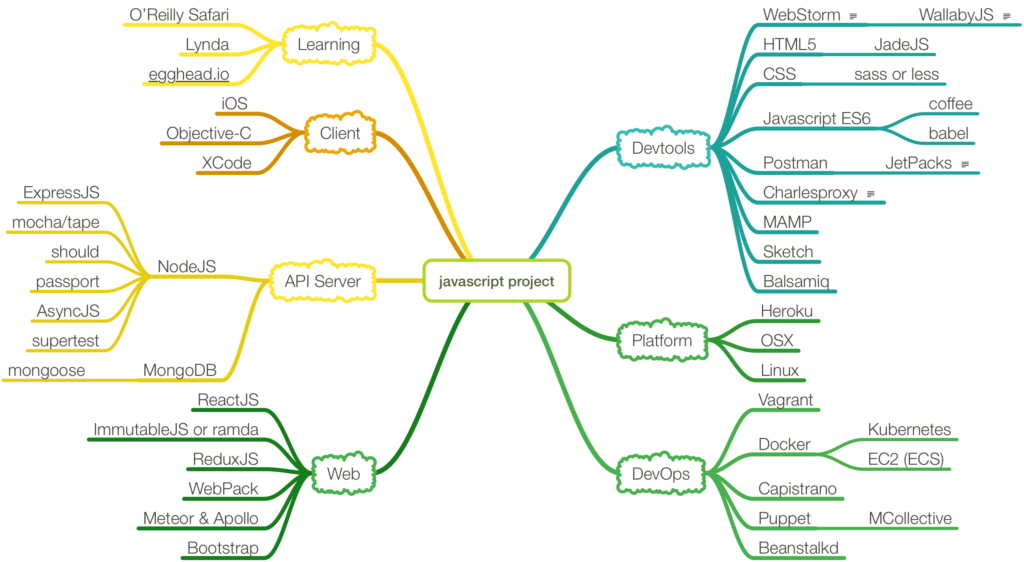(Continuing from my previous post.)
I think the major problem is that buyers specify domain functionality, but not the huge list of “non-functional requirements”. So anyone fulfilling the functional requirements can sell their piece of crap as lowest bidder.
Looking at a modern application, non-functional requirements are stuff like resilience, redundancy, load management, the whole security thing, but also cut-and-paste in a myriad of formats, a number of import and export data formats, ability to quick switch between users, ability to save state and transfer user state from machine to machine, undo/redo, accessibility, error logging and fault management, adaptive user interface layouts, and on and on.
I’d estimate that all these non-functional requirements can easily be the largest part of the design and development of a modern application, but since medical apps are, apparantly, never specified with any of that, they’re artificially cheap, and, not to mince words, a huge pile of stinking crap.
It’s really easy to write an app that does one thing, but it’s much harder and more expensive to write an app that actually works in real environments and in conjunction with other applications. So, this is on the purchasers’ heads. Mainly.

